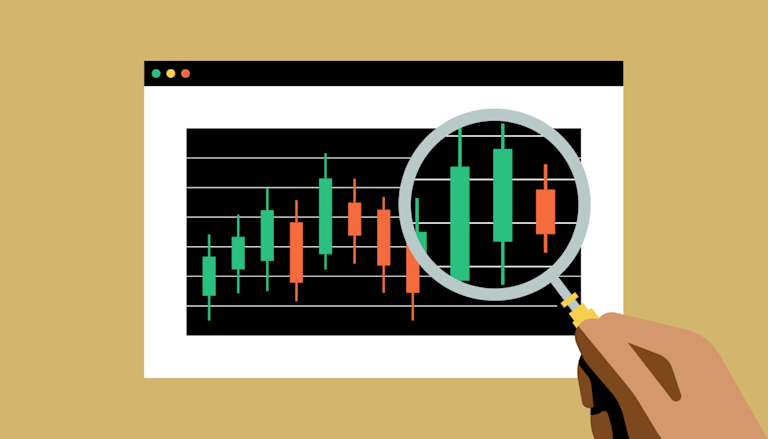
Unlocking the Power of Trading Crypto Indicators
In the dynamic and fast-paced world of cryptocurrency trading, having a solid understanding of various tools and indicators can make a significant difference. From moving averages to relative strength index (RSI), these indicators can provide crucial insights into market trends and help traders make informed decisions. In this article, we will delve into some of the most popular trading crypto indicators, their functionalities, and how you can integrate them into your trading strategy. For additional resources, you can also check Trading Crypto Indicators http://supersweetcorn.bizvion.kr/board/bbs/board.php?bo_table=free&wr_id=4517.
1. Moving Averages (MA)
Moving averages are one of the fundamental indicators used by traders across various markets, including cryptocurrencies. A moving average smooths out price data by creating a constantly updated average price. There are different types of moving averages, the most common being the Simple Moving Average (SMA) and the Exponential Moving Average (EMA).
The SMA is calculated by averaging the closing prices over a specific period, while the EMA gives more weight to recent prices, making it more responsive to new information. Traders often use crossovers between short-term and long-term moving averages as buy or sell signals. For instance, when a short-term MA crosses above a long-term MA, it can indicate a bullish trend.
2. Relative Strength Index (RSI)
The RSI is a momentum oscillator that measures the speed and change of price movements. It moves between 0 and 100 and is typically used to identify overbought or oversold conditions in a market. The RSI is considered overbought when it is above 70 and oversold when it falls below 30.
Traders often use the RSI to anticipate price reversals. For example, when the RSI shows a stark overbought condition, it may signal a potential price correction to the downside. Conversely, an oversold condition can indicate a potential buying opportunity.
3. Moving Average Convergence Divergence (MACD)
The MACD is a trend-following momentum indicator that shows the relationship between two moving averages of a security’s price. It consists of the MACD line, the signal line, and the histogram. The MACD line is computed by subtracting the 26-period EMA from the 12-period EMA, while the signal line is a 9-period EMA of the MACD line.
Traders often look for MACD crossovers as potential signals to enter or exit trades. When the MACD line crosses above the signal line, it can indicate a bullish signal, while a crossover to the downside may suggest a bearish sentiment.
4. Bollinger Bands

Bollinger Bands are a volatility indicator that consists of a middle band (SMA) and two outer bands (standard deviations above and below the SMA). The distance between the bands fluctuates based on market volatility. When the market is volatile, the bands widen, and when it is less volatile, they contract.
Traders use Bollinger Bands to identify potential price movements. For instance, when the price approaches the upper band, it may indicate that the asset is overbought, while a touch of the lower band can suggest it is oversold. Furthermore, a squeeze in the bands often precedes significant price movements.
5. Fibonacci Retracement Levels
Fibonacci retracement is a tool used to identify potential support and resistance levels based on the Fibonacci sequence. Traders draw horizontal lines at key Fibonacci levels—23.6%, 38.2%, 50%, 61.8%, and 100%—to predict how far a price may retrace before continuing in the original direction.
When the price retraces to one of these levels, traders can look for signs of a reversal or continuation. It’s not uncommon for traders to use Fibonacci retracement levels in conjunction with other indicators for more reliable signals.
6. Volume
Volume is a crucial indicator that reflects the total number of shares or contracts traded for a specific security within a given timeframe. It can help traders confirm trends and potential reversals. For instance, an increase in volume during a price increase can indicate strength in the movement, while low volume during a price increase may suggest that the trend is weak and could reverse.
Using volume alongside other indicators such as price action or MACD can provide a more comprehensive view of market dynamics and confirm trading signals.
7. Stochastic Oscillator
The stochastic oscillator compares a particular closing price of an asset to its price range over a specific period. It ranges from 0 to 100 and is generally utilized to determine overbought and oversold conditions. Traditionally, readings above 80 signify overbought conditions whereas readings below 20 indicate oversold conditions.
Traders often use the stochastic oscillator to generate buy or sell signals based on crossovers or divergence with price. A bullish crossover occurs when the %K line crosses above the %D line, while a bearish crossover happens when the %K line crosses below the %D line.
Conclusion
Trading crypto indicators are essential tools that can help traders make informed decisions and refine their trading strategies. While these indicators provide critical insights, it’s important to remember that no single indicator is foolproof. Successful trading often involves a combination of multiple indicators, a solid risk management strategy, and a good understanding of market conditions. Continually educating oneself about these tools and adjusting approaches as necessary can greatly enhance one’s trading success.